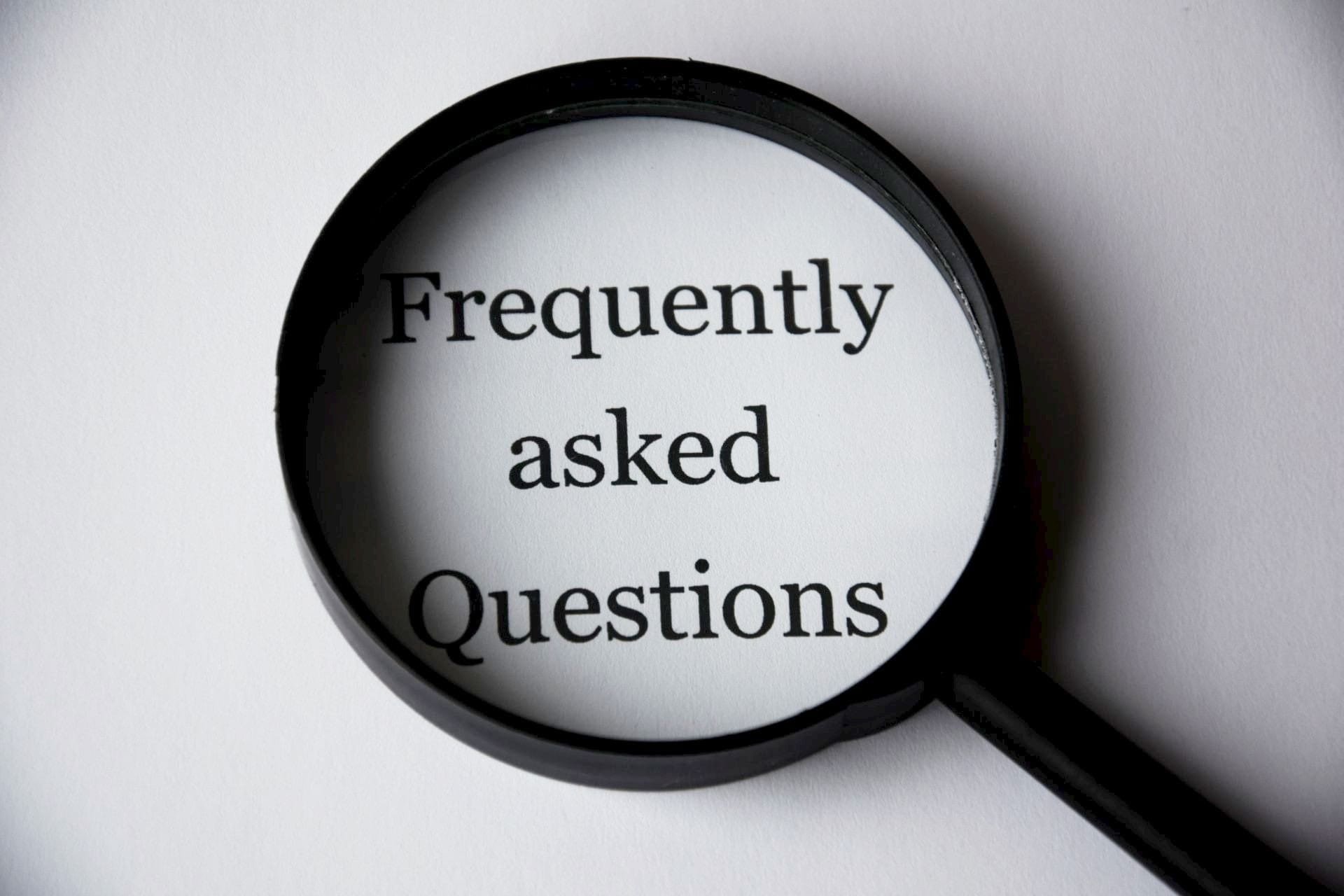24/7 Live Customer Service
CALL OR TEXT (225) 261-4198

Blog Post
FAQ - Termites

Q: What kind of damage can termites do to my home?
A: Termites are more aggressive than any other type of bug. An entire colony of Formosans can eat almost 1,000 pounds in wood. Even a conservative number of termites in your home can result in a destroyed foundation. In addition, termites eat wooden beams, plastic piping, and insulation. They are also known to eat certain fabrics. If you have a swimming pool, they may even eat its liners.
Q: Where might I find them nesting?
A: The species of termite dictates where you might find it nesting. Drywood termites tend to nest in walls, wooden furniture, and other similar structures. Subterranean bugs stay true to their name and usually only do their nesting underground.
Q: Are termites able to fly?
A: Some kinds of termites can fly while others cannot. Colonies of termites consist of reproductives, workers, and soldiers. Reproductive termites can fly; soldiers and workers don't have that ability. Termites that do fly are referred to as swarmers. Because they can fly, they may choose to leave the nest and start a colony of their own.
Q: What time of the year is the worst for termites?
A: While termites can be present all year long, they are the most active in the spring and summer seasons. If you live in a warm-weather state, you will find that termites aren't as active as they are in cold-weather states.
Q: What does a termite infestation look like?
A: If your house has been infested by termites, you will likely find small pellets that look like wood. This is what termites excrete when they have a bowel movement. Most of the time, an infestation of termites will occur in March, April, and May. When they arrive, they gravitate towards any room where the light is on.